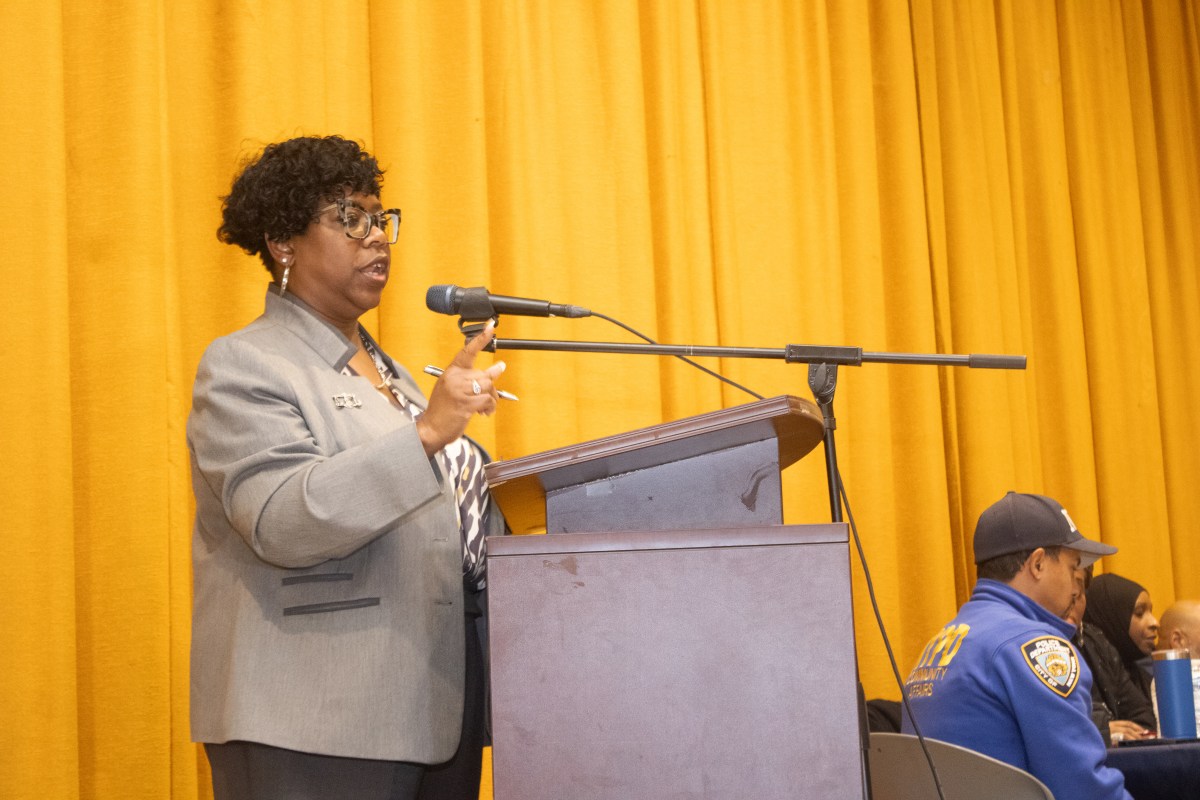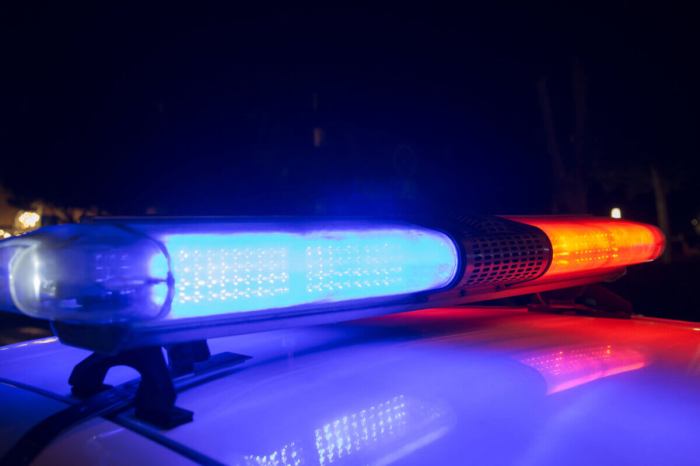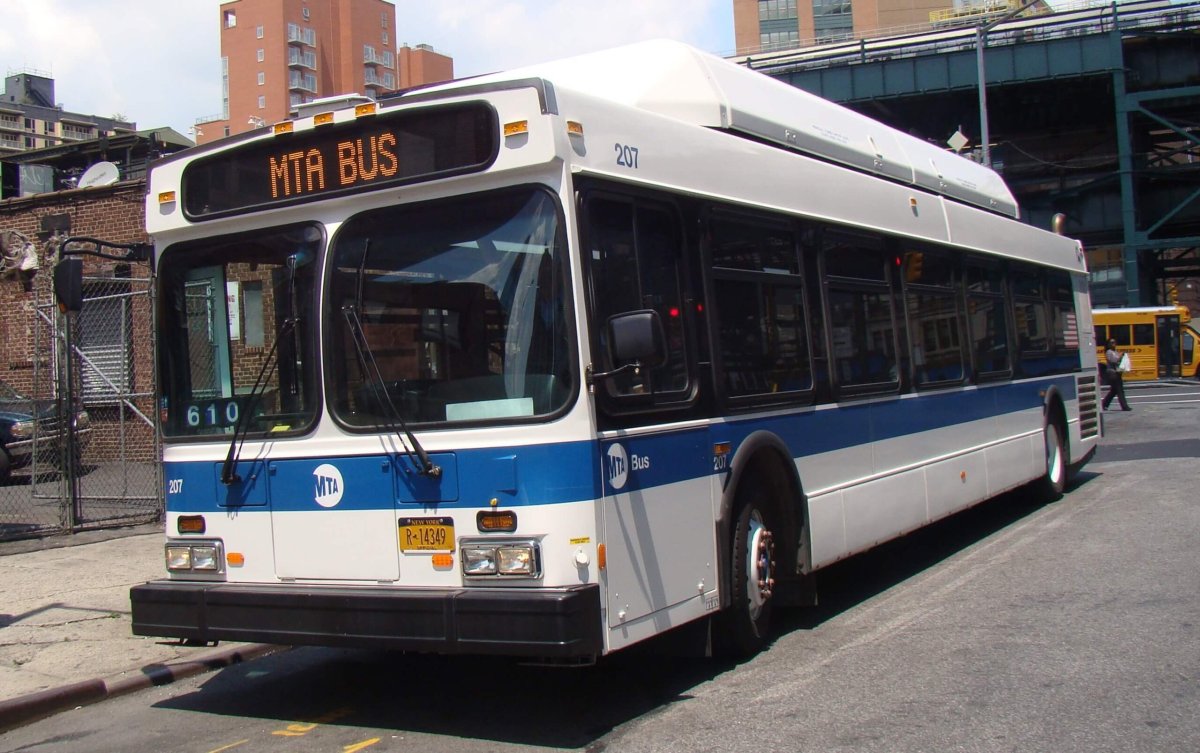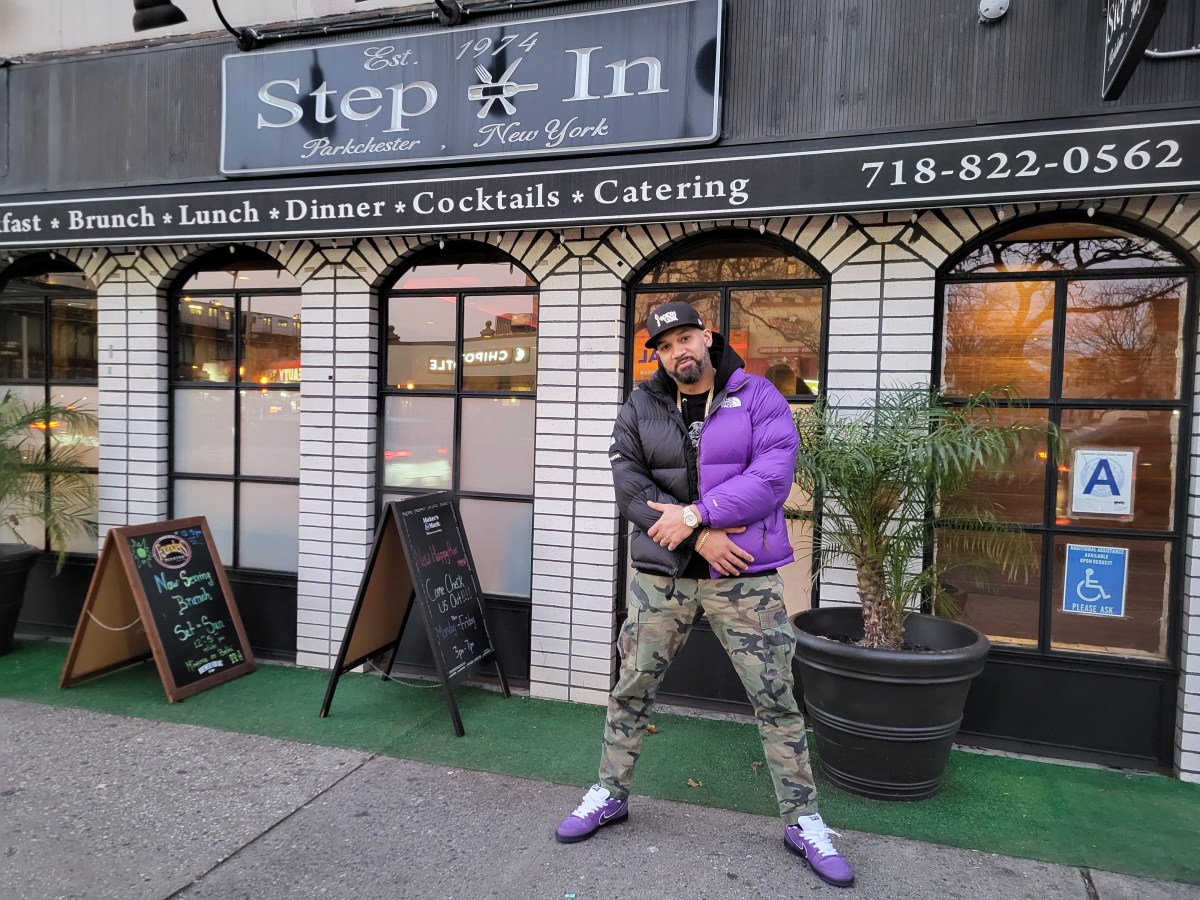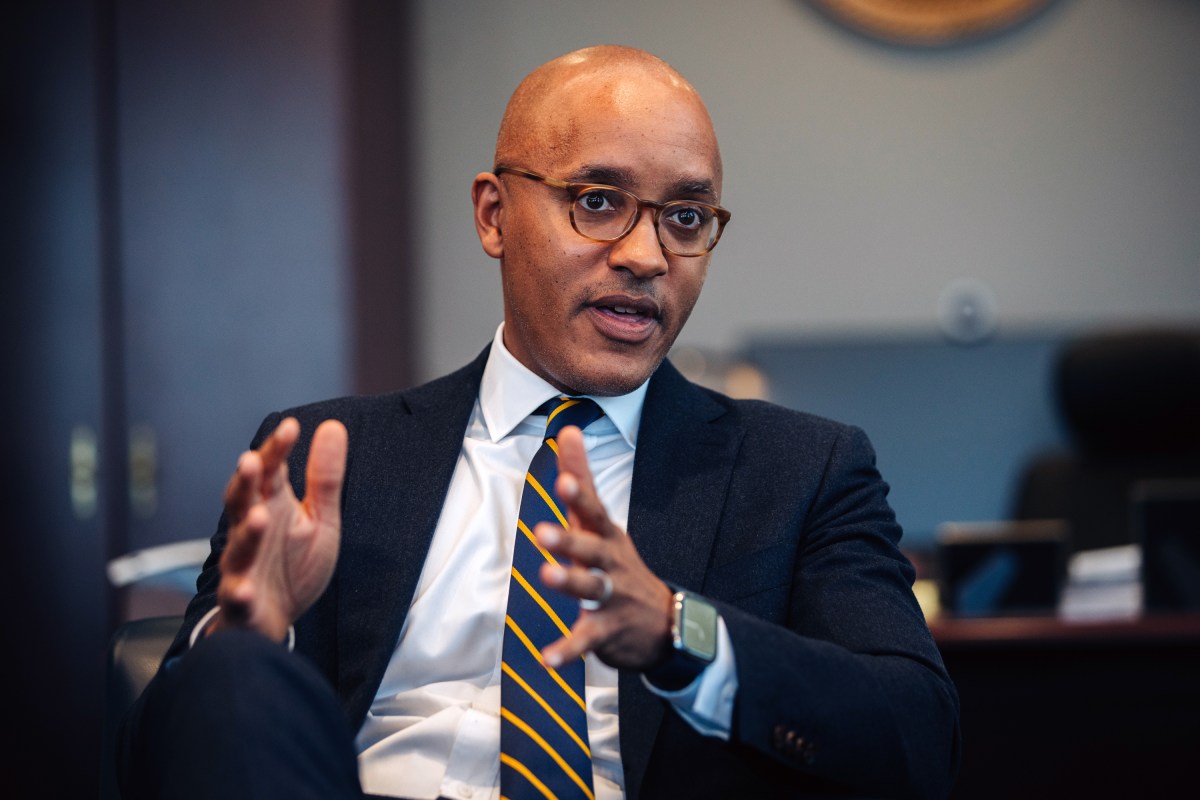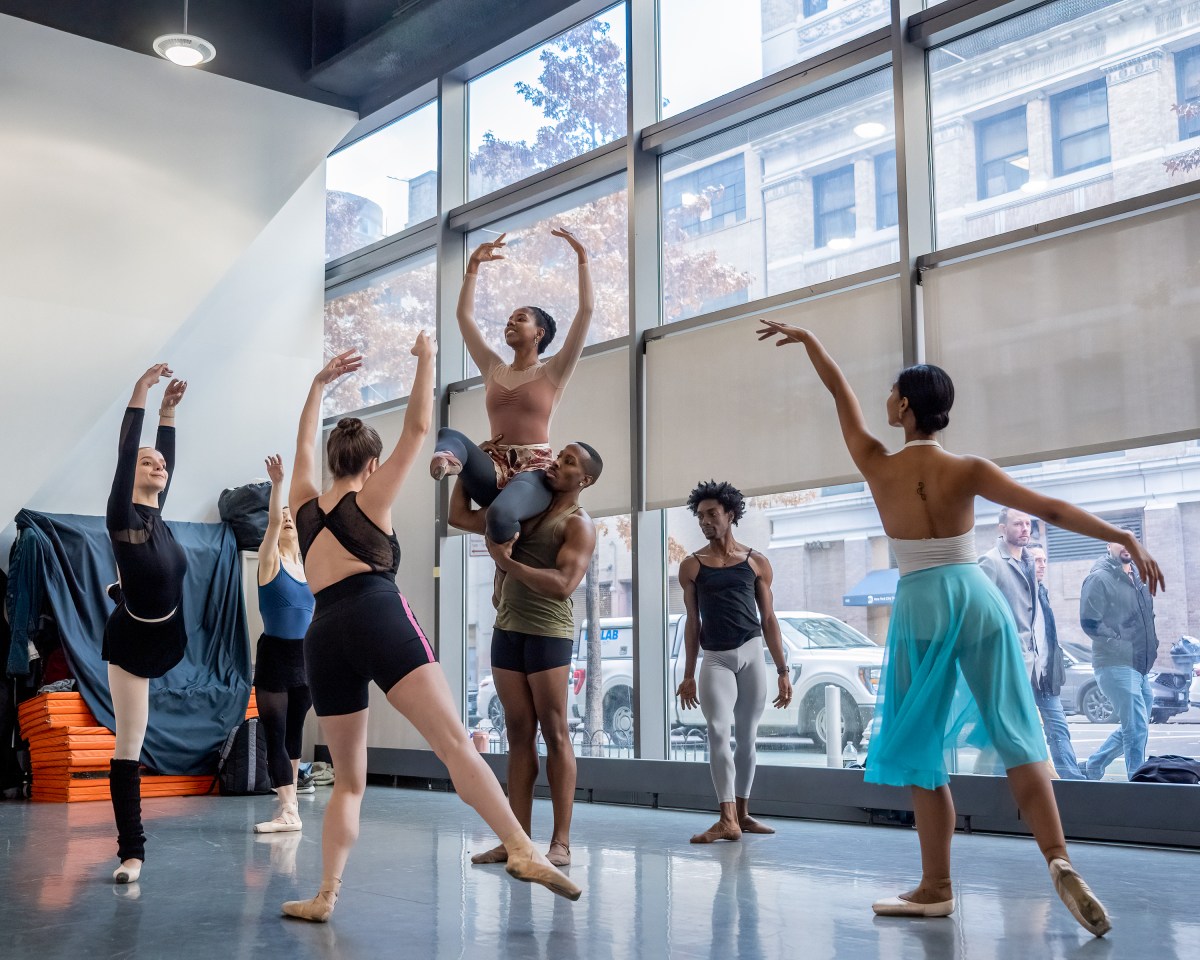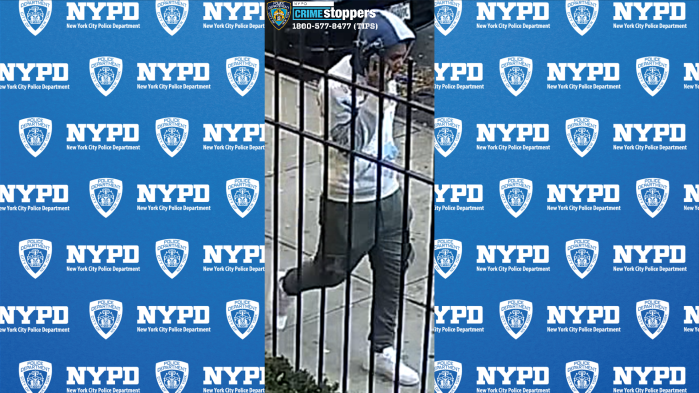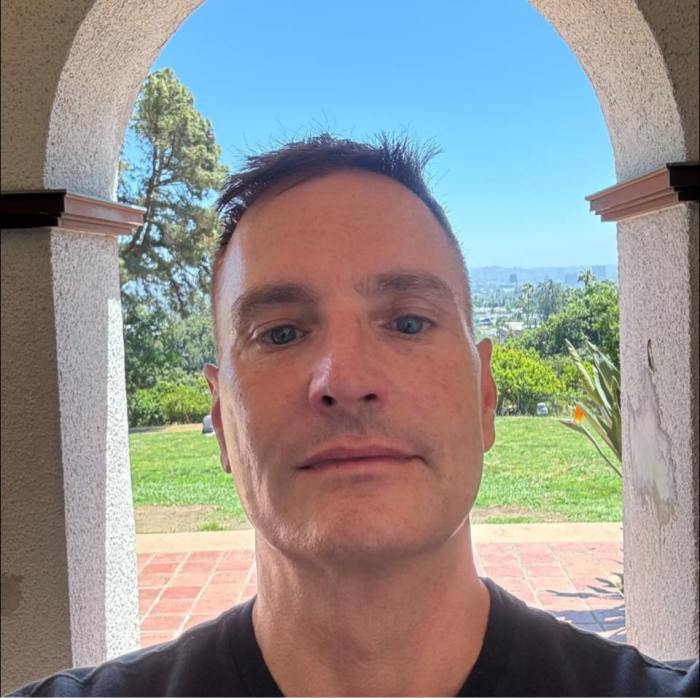Everything you should know about Ralph Friedman has already been written in ink. Retired NYPD Detective 2nd Grade Friedman, 68, proudly wears two arm-length sleeves of tattoos, and fondly remembers his first: an American eagle on his right bicep.
“I was just a regular neighborhood guy,” Friedman recalls. “I got taken in [to police stations] a couple of times for fighting, got a couple of traffic tickets. I was just the guy everybody knew.”
Friedman was making good money moving furniture — $4.50 an hour in the late ’60s when his peers were making $1.15 — and had a place of his own right out of high school. But one day some friends convinced him to tag along and take a civil service test with them, and on a whim he agreed. Life changed for good after that.
On Jan. 28, 1968, Friedman was appointed an NYPD trainee in the city’s most violent and crime-ridden precinct: the 41st. Or as cops affectionately referred to it: Fort Apache. Fourteen years later, he would retire as the most decorated detective in the department’s history. Friedman recorded 2,000 on-duty arrests, 5,000 additional assists and 15 shootings — four of them fatal.
“I ate it up like a kid in a candy store,” he says. “I loved the job, and I still miss it to this day. I wish I could still go out there today, to be honest with you.”
It was a different era, and Friedman and his partners believed in “proactive policing.” They didn’t wait for crime to happen. They sought out the bad and wiseguys and aimed to make arrests before the worst could happen. In his new book “Street Warrior,” he recalls dodging bricks being thrown at cops from rooftops, and running into apartments where a distress call had been made only to set up an ambush.
One of his most high-profile cases centered around the bombing at Fraunces Tavern in 1975, which killed four and injured 43. Friedman’s confidential informant, or “CI,” tipped him off to a meeting involving ranking members of the Puerto Rican liberation group FALN. Both the CI and Friedman had reason to believe FALN was behind the bombing and the meeting would be their shot at busting the case wide open. But on the way, the CI revealed he was carrying an illegal firearm and the commanding officer immediately canceled the sting.
No arrests were ever made in the bombing case.
Over the years, Friedman survived his share of beatings — doled his share out, too — and made it through countless close calls. Ironically, it would eventually be another cop, not a cop-hater, who would end his career.
On Aug. 1, 1983, while responding to a call for “officer needs assistance,” a rookie in a radio patrol car T-boned his passenger door at a high rate of speed. The impact left him with 23 broken bones, including a pelvis broken in four places and a shattered hip. At 34, still 20-plus years from retirement age, Friedman was forced into retirement.
How does he feel about his run with the NYPD? Does he hold a grudge that his time was cut short? Does he ever wonder what a more normal life would have been like?
The answer has already been written in ink.
“I have [a tattoo] across my back, from shoulder blade to shoulder blade, and it sort of sums up my career,” Friedman says. “It says ‘The rush was worth the risk.’ My life was always at risk, like any police officer. But the rush was worth it.”



